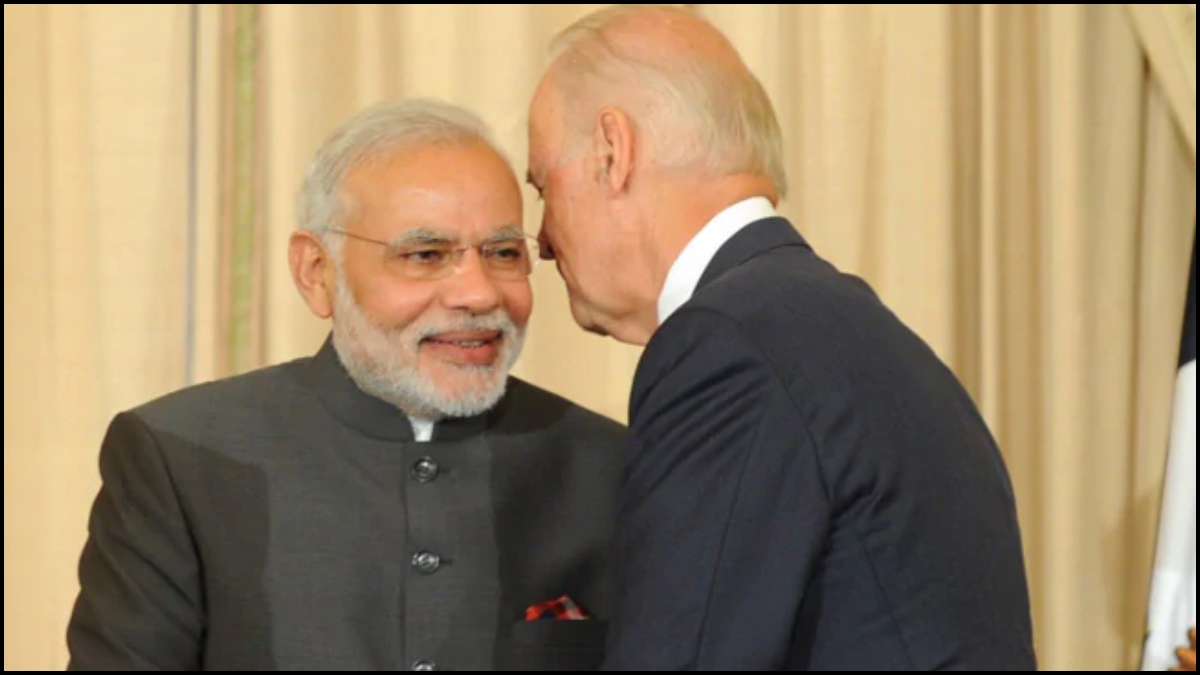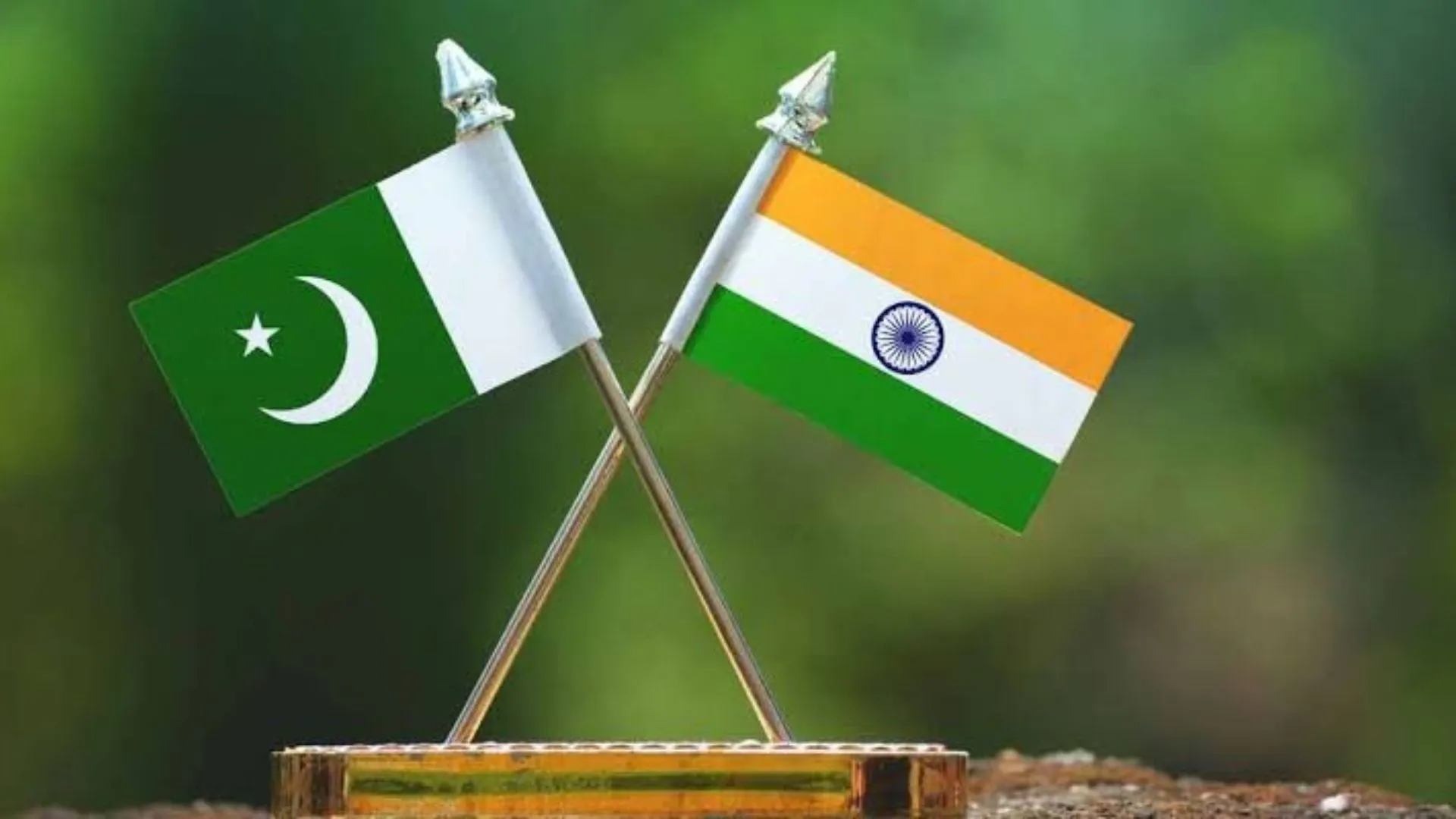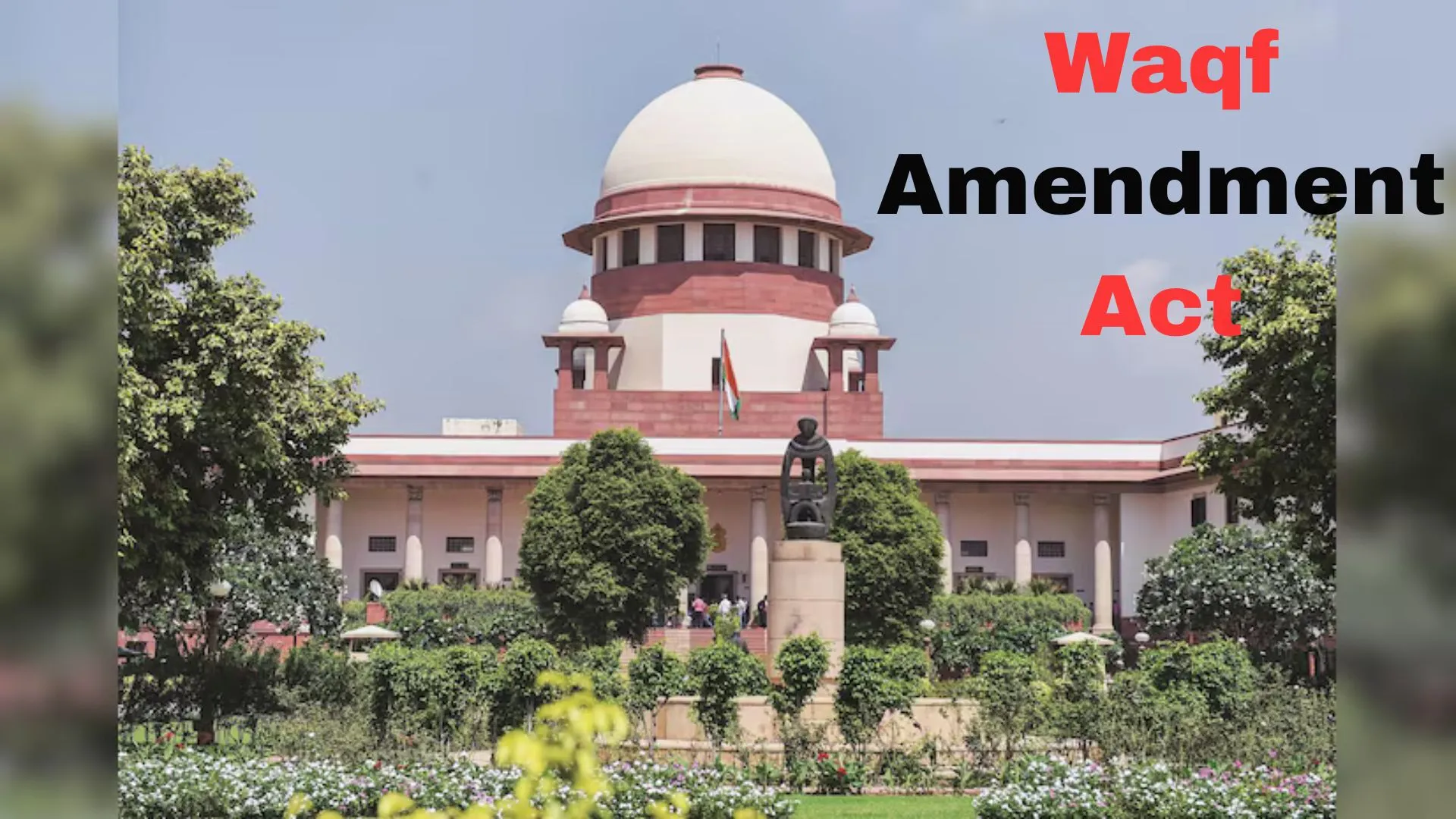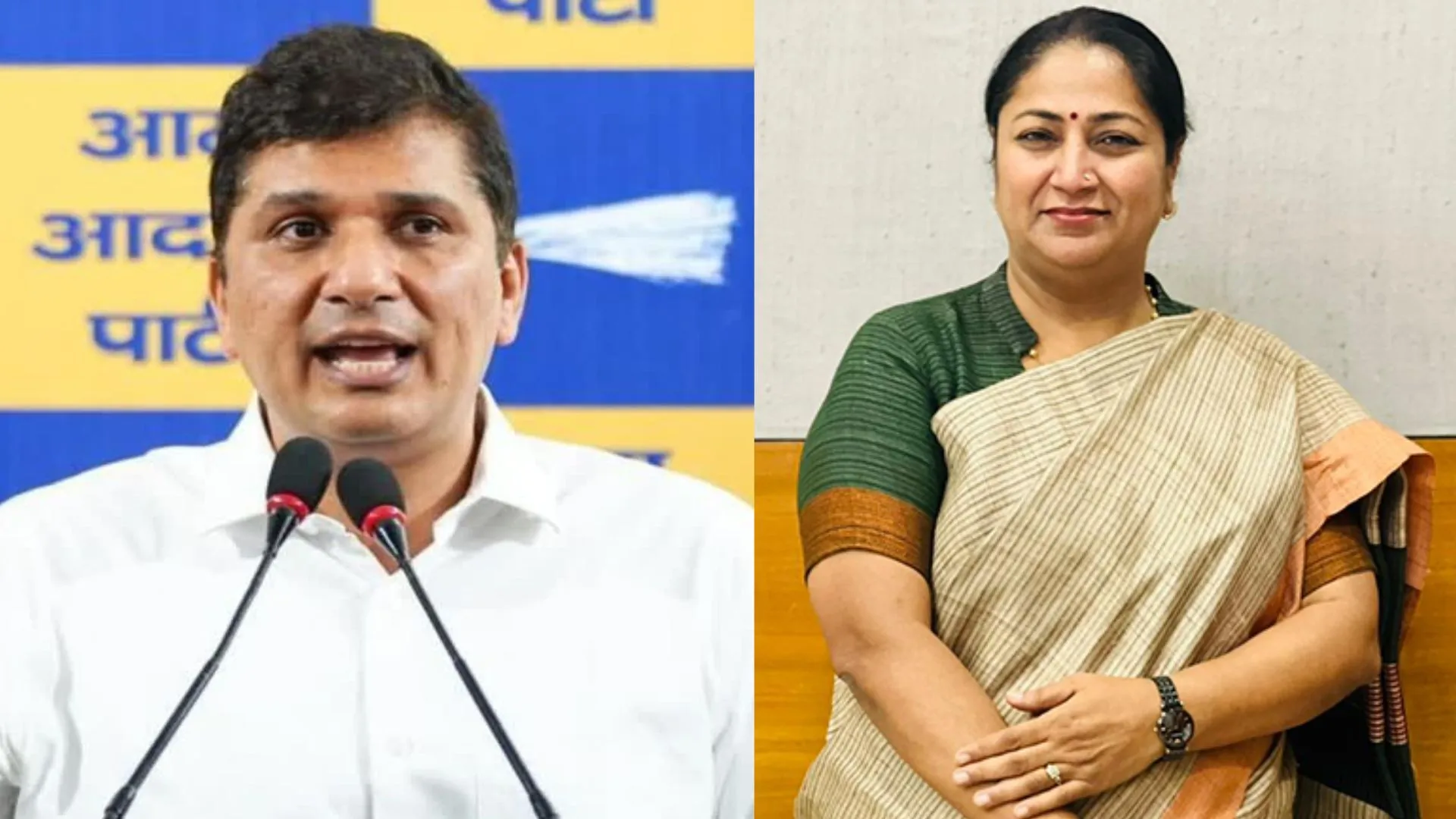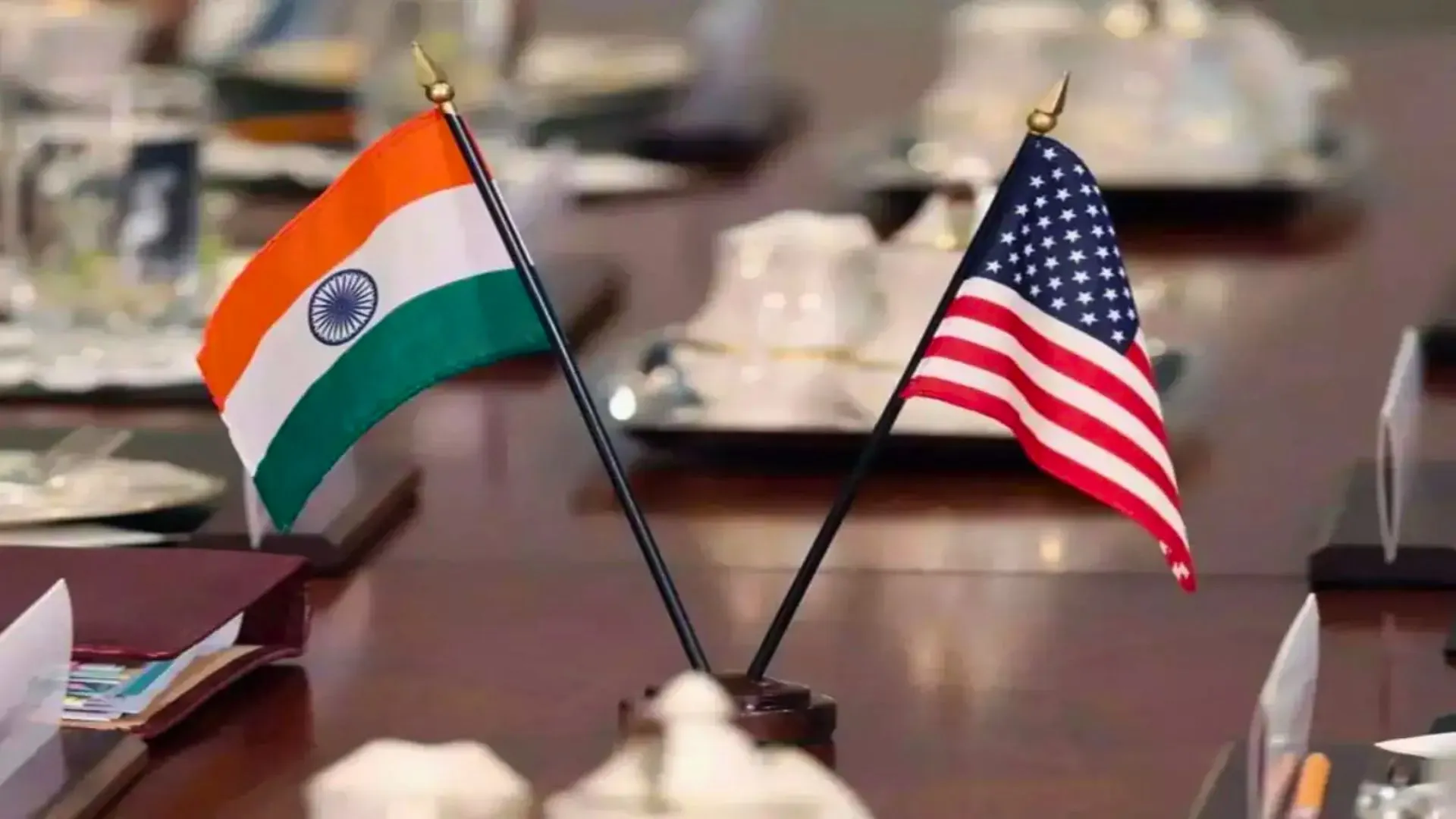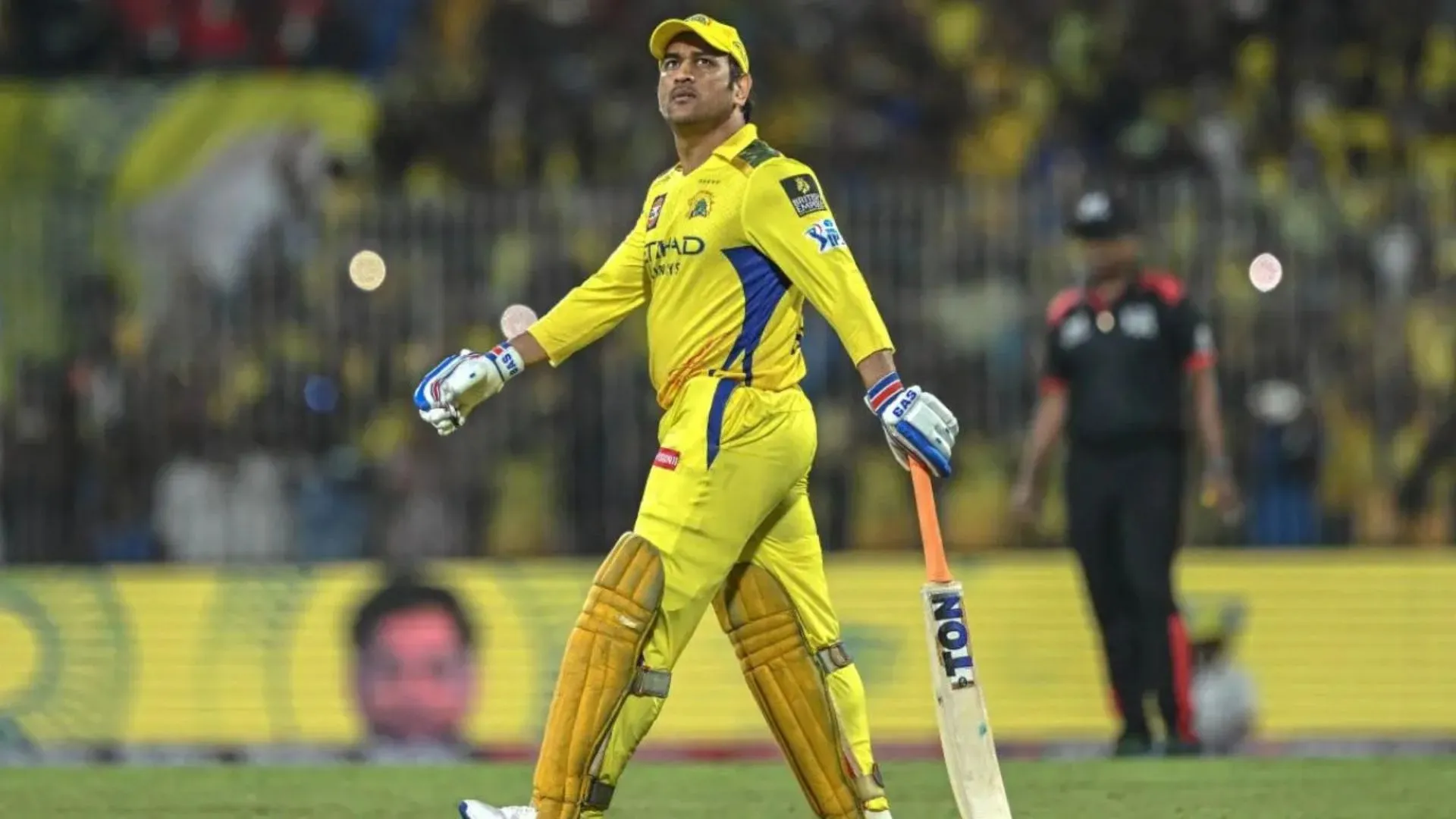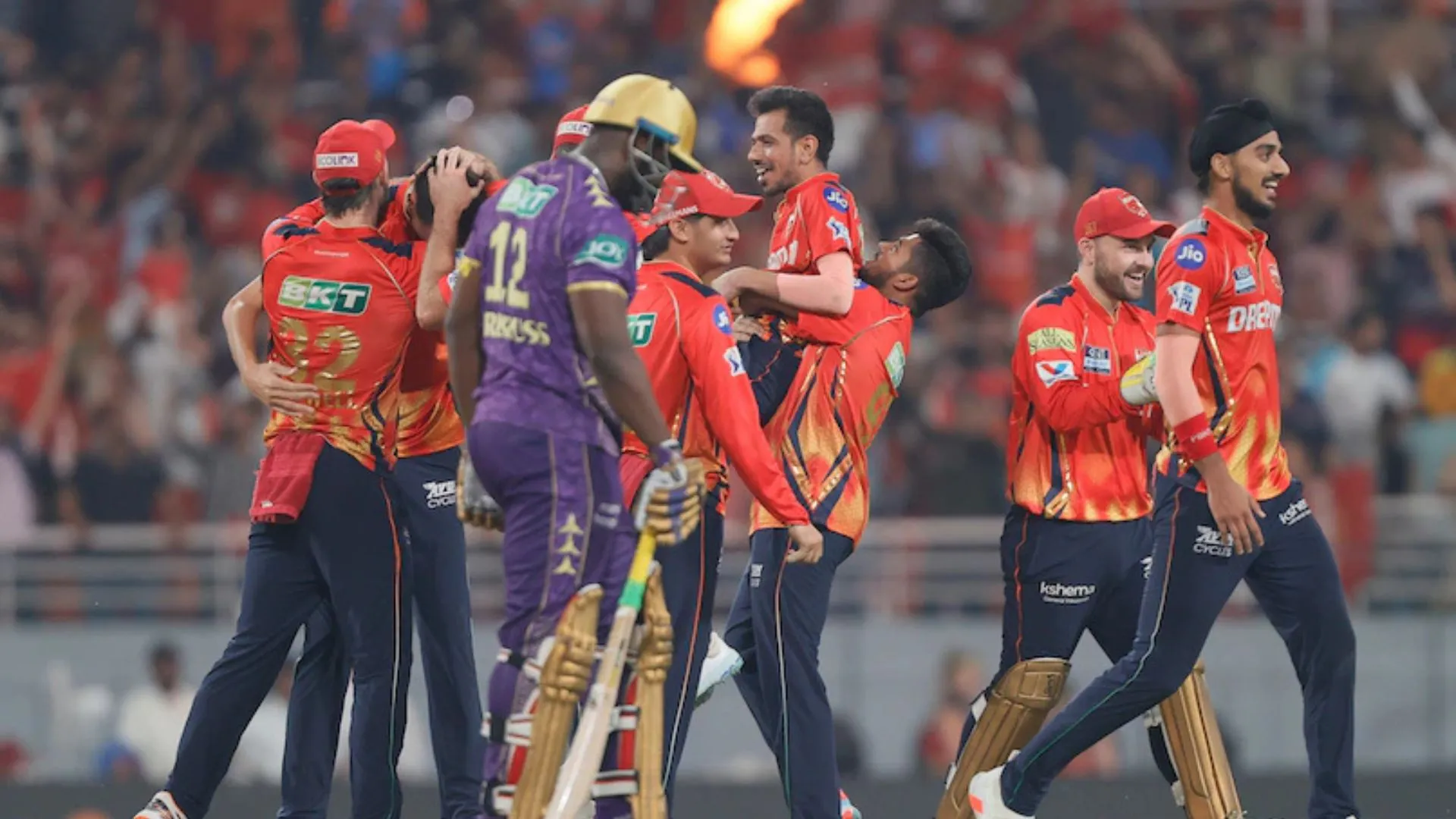A perfect example of a marriage of convenience, the growing diplomatic alignment between China and Russia emanates from their respective strategic necessities, most notably, to stave off a common threat—the United States. The growing friendship between China and Russia, despite their own competition in areas like Central Asia, is a typical response to growing global resentment over their expansionist and revisionist agendas.
These diplomatic dalliances, in most conditions, are triggered when you have a common enemy. In the case of the Beijing-Moscow nexus, there is more than one perceived enemy or threat. The recent regularity in the meetings among Quad officials and ministers, capped by the virtual meeting of the Quad heads of states held last month, has rattled Beijing, which perceives the grouping as a major front to combat China’s agenda in the Indo-Pacific. The rise of the Indian Prime Minister, Narendra Modi, as a leader in vaccine diplomacy and the endorsement of India’s pivotal role in the global fight against the Covid pandemic by the western world has further riled up China, which now sees India as a competitor and a threat to its regional hegemony. This perception has been strengthened by the fact that the Biden administration has doubled down on Trump’s emphasis on developing deeper strategic and military cooperation with India.
The recent sanctions against Beijing over the Uighur human rights violations, the US-China face-off at the Alaska meeting, combined with Washington’s growing hatred against Moscow and President Vladimir Putin, whom US President Biden openly addressed as a “killer”, and the emerging global diplomatic blockade against these two “suspecting partners” are the primary reasons which have forced them to partner against the US-led bloc. Simultaneously, one must note that the US too sees China as a far bigger threat than Moscow in current situations and shares India’s perception of China as an aggressive player interested in changing the status quo, through militaristic means, if necessary.
It would be interesting to see how Moscow, which is content playing second fiddle to China, will now balance its ties with New Delhi. For India too, the road ahead with Russia will demand striking a precarious diplomatic balance.
China, which is facing Washington’s sanctions spree, is also losing out on global markets. Not only India—which has scuttled Beijing’s opportunity to encash the Covid pandemic by supplying vaccines to the world and is fast becoming an alternative to many European countries for trade and business—but ASEAN nations like Vietnam and Singapore are also making the most of the business opportunity thrown out of Beijing’s “alienation” from the global demand-supply chain. Moscow’s vaccine is also under global scrutiny and their “manufacturing and global supplier status” has taken a hit. While India balances Moscow with multi-billion-dollar defence deals, China has lost the large Indian market, which was indirectly a factor for its status as an “invincible regional manufacturing hub”. Things have gone awry to the extent that after Australia shut its doors on China and Russia, seeing an opportunity, there was a quick move to meet the Dragon’s demand for coal supplies.
Their strategic cooperation list also extends to a lunar research station project, clinical trials of the Cansino AD5-nCOV vaccine, action against “colour revolutions”, and Chinese trade and tourism expansion in Crimea. The two nations are also aligning with Iran, another strategic partner of India, for naval exercises and defence partnerships, and eyeing Afghanistan for future diplomatic investments.
In fact, strategic think tank experts in Washington DC view the Quad as a “factor building the new power blocs” to define future diplomacy and strategic affairs. While the Quad has brought anti-China countries together, it has also gotten Russia and China closer. Aparna Pande, Director in Hudson Institute and an expert on India-US ties and South Asia, says, “The recent Quad meeting and the deepening ties among the Indo-Pacific countries is the result of two decades of patient efforts. The Russia-China relationship too is not new as over the last few years, as India and other countries in Asia have drawn closer to the United States, Russia has drawn closer to China. There are strategic (geopolitical, economic, and defence) reasons for this deepening partnership which relate to how Russia perceives the expansion of NATO in its near abroad and its desire to both remain relevant and create challenges for the United States in trouble spots globally.”
Another South Asia expert, Michael Kugelman of the Woodrow Wilson Center, says, “It’s only natural that a deepening Quad would not only bring Quad countries closer together, but also bring the rivals of the Quad countries closer together. China-Russia relations have been intensifying steadily in recent years.”
To Kugelman, the new Quad is a trigger for the Beijing-Moscow bonhomie. “The Quad has only delivered further momentum to a China-Russia relationship that already had its foot on the accelerator. What we’re seeing now is an evolving and expanding rivalry in the Indo Pacific between the Quad countries and their partners on the one hand, and the China-Russia grouping on the other. The region will increasingly become a strategic battlefield where this competition plays out,” says the Woodrow Wilson Center Deputy Director.
The question now is: how will India take the Russia-China closeness as it still maintains sound ties with Moscow? And is Russia, with China, in the long run going to become a designated enemy of the US and India too? Moscow, in fact, had tried hard with the Biden administration to maintain the “friendly nation” status it enjoyed under President Donald Trump, but in vain. In fact, America’s hatred and suspicion of Russia has grown post the presidential election results.
Pande also says, “Till now India has managed to balance its relations with Russia even though it has built closer ties with the US. Delhi would like to make sure that Moscow keeps India’s interests in mind and does not get too close to Beijing or build deep (especially defence) ties with countries like Pakistan that would hurt Indian interests. For this reason, India has continued to purchase oil/gas and defence equipment from Russia and continues to emphasise close ties as well try to include Russia even in the Indo-Pacific.”
However, for others like Kugelman, the Russia-China closeness gives India the “alternative to opt out of defence deals with Moscow and settle for US firms.” Diplomats and strategic affairs experts are thus intrigued and watchful as to how long India and Russia can continue swinging together, especially with New Delhi’s growing closeness with Washington DC.
Kugelman opines, “Deepening Russia-China relations could actually provide one more incentive for New Delhi to distance itself from Russia. The India-Russia relationship had already weakened a bit in recent years, amid a growing US-India relationship. We think about the S-400 deal, but in reality India has been much more interested in investing in US arms than Russian arms in recent years…These days, the India-Russia relationship is really propelled more by nostalgia than anything else, aside from some continued defence cooperation. The trend lines of India-Russia relations are not terribly great, and that could become more the case as the China-Russia relationship continues to grow.”
However, Pande feels that India will still make efforts to wean out Russia from the Chinese embrace. “India would like to wean Russia away from a close embrace with China but whether or not that is possible is yet to be seen. There are areas of friction between Russia and China, some historical, some geopolitical, and others economic. However, as long as both Russia and the US view each other as adversaries, there is little India will be able to do to wean Russia away and instead India will need to make sure it is not hurt by any fallout (like the CAATSA sanctions and S-400 deal).”
Washington’s diplomatic challenges are many, says Kugelman. “With China in alliance with Russia and some European nations still reluctant to sever ties with Beijing, the US certainly hopes to work with an ever-growing group of like-minded partners to counterbalance China. Just as many countries, including those in Europe, are hesitant to antagonize China due to business considerations, there will be hesitation from some countries, especially in Europe, to ally against Russia because of Russian energy supplies…China and Russia will try to push back against the US and its partners too, just as the latter will try to do against China and Russia.’’
But in all this, Russia’s growing alliance with China is more out of the larger strategic benefits it offers Moscow—economic cooperation bilaterally as well as opportunities to partner multilaterally on the global stage. Kugelman says, “These are all benefits for Russia that outweigh the costs of a worse relationship with the US (Moscow had no interest in improving ties with Washington) or further blows to its relationship with India (Moscow knows this relationship, while still cordial, is not on a good glide path).”
Sounding the growing China-Russia relationship is “here to stay and is not a temporary diplomatic response”, Kugelman sees it as an “answer to shifting geopolitics amidst their relationships with the US and India taking some nosedives”.
Needless to say, it seems like a rather delicate dance of diplomacy. Only time will tell if New Delhi emerges as a game-changer with the US!

